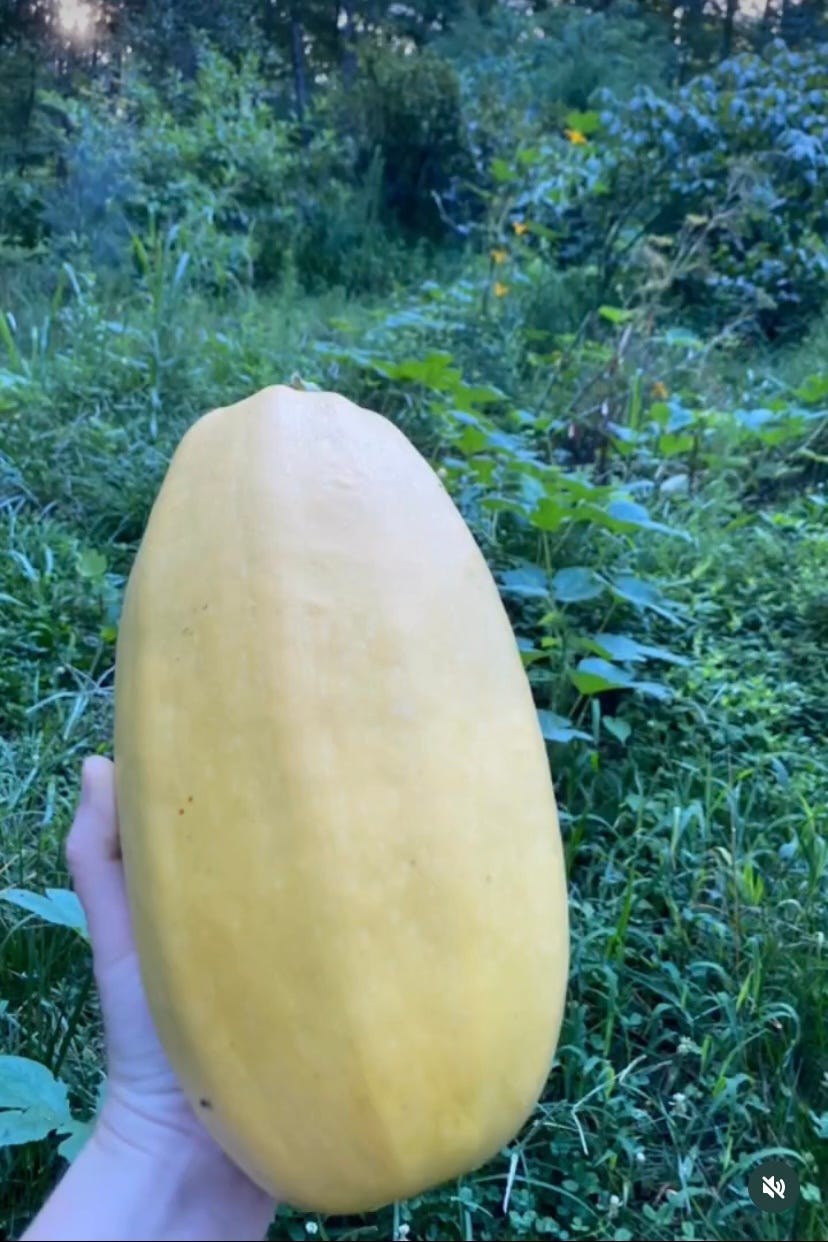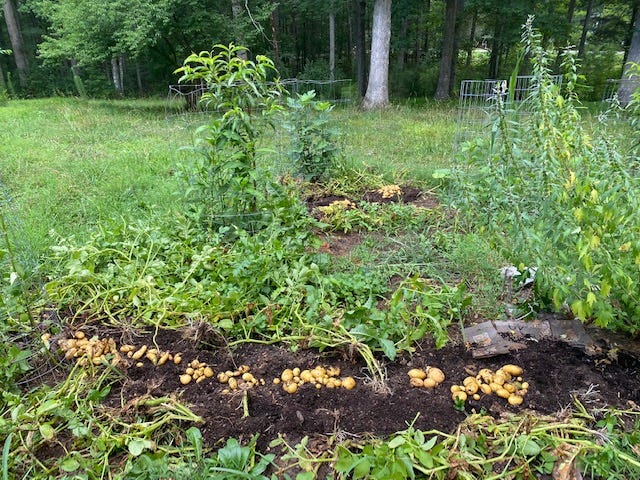3 things to consider with edible landscaping
Whether you have a small space or you’re looking to harvest more from any growing efforts, incorporating edible plants in your landscape can maximize yields with less effort.
Edible landscaping adds more benefits than snacks for humans and wildlife. Selecting plants based on their edible and medicinal qualities adds use to a space that may have otherwise just provided habitat and visual appeal. Perennial edible landscaping further offers benefits on a legacy scale, setting a foundation for the benefits of others that will come after us. When choosing plants, what can you consider other than whether or not you like the products the plants produce?
In addition to considering plant characteristics and production, we also need to step back and take a whole systems perspective. Where will the plants go? How will they be sited in relation to other plants, runoff, wildlife, and more? Food forests form from strategically stacked plant selections and siting, which builds resiliency and helps set up each plant—and the ecosystem as a whole—for success.
Ideally before purchasing plants, you’ll have a clear idea of soil quality, water direction, sun exposure, and wind at the site. For example, if part of the growing area has a high density of rocks, you could select plants that thrive with rocks (oregano, lavender, sage), or work with the landscape to build up mini “raised beds” over the rocky areas so that plants with shallow root systems (garlic, lettuce, radishes) can be incorporated in the space.
I encourage folks to pause and think about the potential of adding annual edible plants to their existing ornamental spaces. If the thought of creating a new garden or growing space feels like a barrier, then use an existing area on a smaller scale. A friend lives in a neighborhood with a restrictive HOA. The best area for growing food is in their front yard, but the HOA doesn’t allow raised beds and structured food gardens in front yards. The shrubs and flowerbeds mulched and bordering the front walk and driveway are existing growing areas. The spaces between the present plants allow opportunity to grow potatoes, radishes, and salad greens. (Since the walkway is high-traffic in a busy neighborhood, there’s little risk of deer disturbance, so plant protection wasn’t an issue.)
Build layers for succession harvests and resiliency. At the core structure of a food forest system, you have a tree, understory, and groundcover. The tree’s immature and mature drip lines can help site understory plants. Think about trios for your space so that you’re not just adding a blueberry bush, you’re adding a redbud (tree), blueberry bush (understory), and comfrey (groundcover). Similar to the eye for annual harvests that I encouraged earlier, don’t limit yourself to perennial plant selections. Last year I had success growing squash between apple trees. The vining foliage created a perfect living mulch during the high heat of summer, shading the ground and slowing evaporation in an unirrigated area. I’m experimenting with snap peas at the base of apple trees this spring. The tree trunks will serve as stakes for the snap peas, and once the peas die back in the summer, their roots will remain and add nitrogen to the soil. One perennial trio in this space is apple (tree), bronze fennel (understory), and strawberries (groundcover). The layers help create habitat, an ecosystem, biodiversity above and below the soil, and resiliency.
Selecting plants based on harvest times. Some edible annuals can provide ornamental interest. Lemongrass, for instance, can add fronds of greenery during the frost-free season. During that growing time, it can be harvested with the cut-and-come-again method, then fully harvested before the frost. For perennial harvests, consider adding multiple varieties of a plant based on their time to maturity. For instance, peach varieties range in their early-to-late season harvest times. Instead of planting a handful of early season peaches, choose a mix of early, middle, and late-season varieties so that you have more harvest opportunities. Try not to neglect opportunities for year-round greenery and growth, which sage is a good fit for.
Make choices with an eye for access and weather. You may be taller than an apple tree seedling when you first plant it. It probably has a 2’ spread. But in a decade, it’ll overshadow you and could have an 8’ spread. How will its future size impact the area? Will you be able to access the space with a ladder or stool? When you’re looking for a spot for a mulberry tree, do you want it bordering your driveway so that your car gets seasonal polka dots from berries falling? Pausing to think about the mature stage of the growing area can help space plants appropriately and avoid siting them in inopportune areas. With regard to runoff and weather patterns, take advantage of slopes or eroding areas by strategically siting swales and incorporating plants within the swale. For instance, pawpaws and elderberries enjoy wet feet. Siting them within the water-holding area of the swale helps them get what they love while capturing excess runoff and preventing erosion. Certain herbs can be incorporated in the swales to help hold soil structure and provide ground cover.
Aside from these considerations, think about the intent with edible landscaping. Perhaps the area is prioritizing your food preferences, maybe your choices are made with native wildlife’s appetites in mind. Edible landscapes can also provide trap crops and protection. If there’s a belt of unprotected blackberry bushes on the far corner of a property, deer may be content gorging on the berries and not have a need to forage closer in your personal garden, so you could specifically add a stretch of berry bushes as a trap crop.
How’s your appetite in your space?





